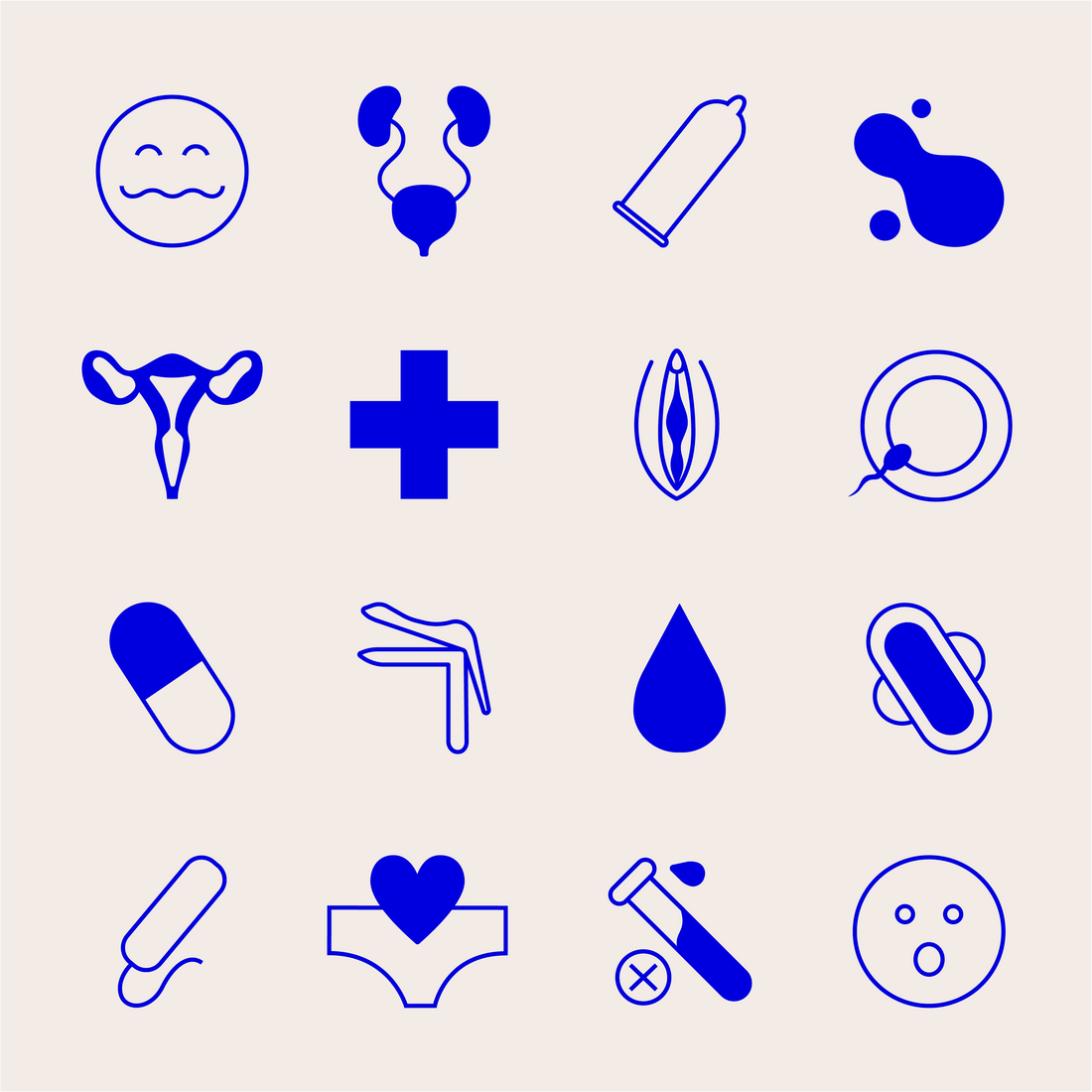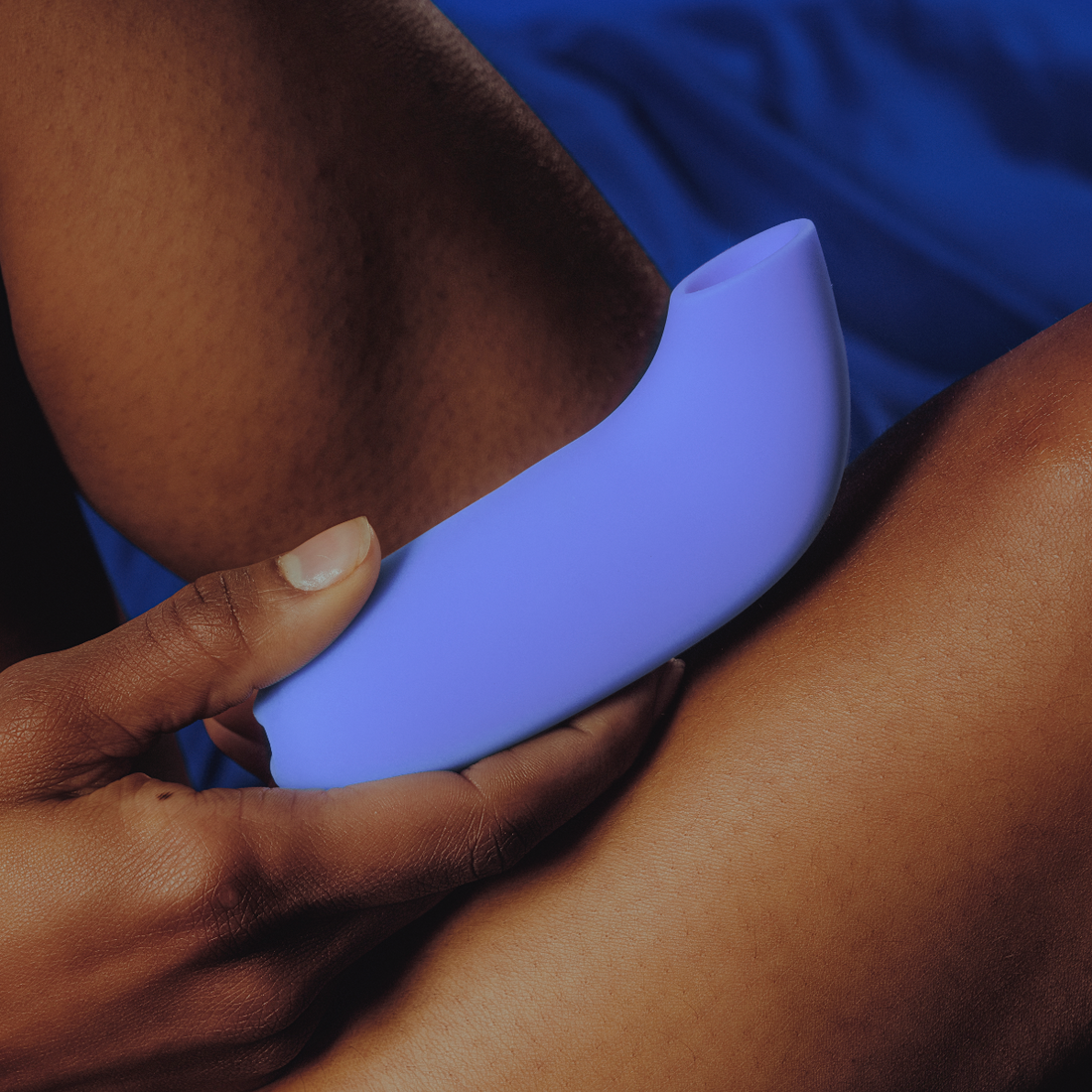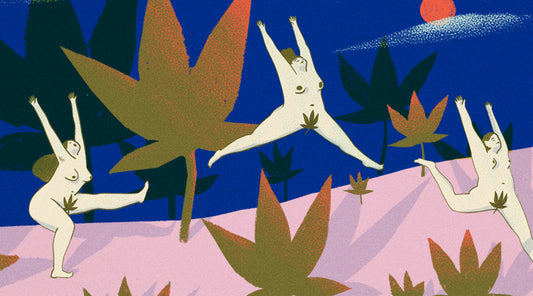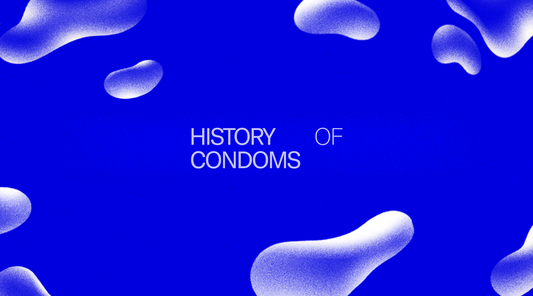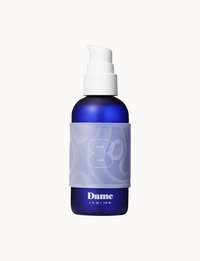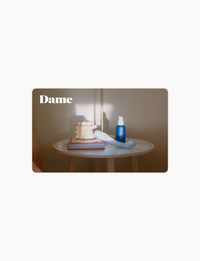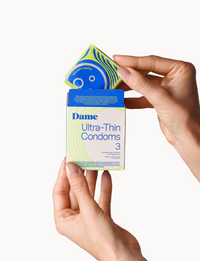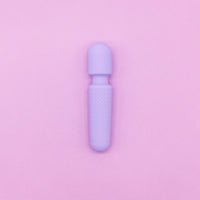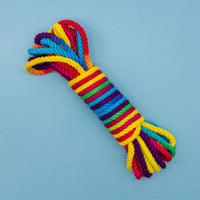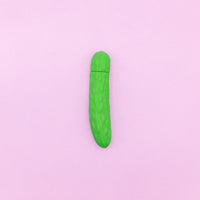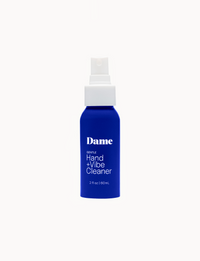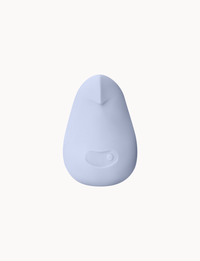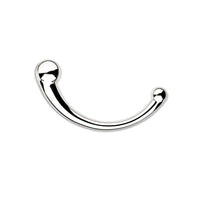You might assume this is a new phenomenon: Sex sells, so in order to sell Halloween costumes and movie tickets, we make them sexy. But you’d be wrong. The urge to scare ourselves and turn ourselves on at the same time is much, much older than that. The Danse Macabre, a common motif in European medieval art, features undead skeletal revelers, leading people in a merry—and scandalous—dance to their graves. The Hindu goddess of death, Kali, is often depicted mostly nude, with bare breasts, bloody fangs, and a severed head in her hand. The connection between arousal and fear goes back even further than that, before human culture even existed. In fact, it has its roots in our biology.
It turns out that the primary, base emotion that underlies both sexual arousal and fear is the same.
To understand this, we need to re-imagine how we think about emotions. We tend to think of them as immediate: You finally see a parking spot, you feel relief. Someone else gets to it before you, you feel frustration. But psychologists have discovered that our emotions actually work a little differently. According to the two-factor theory of emotions, we first feel a primary, base emotion, like calm or pleasure, and then we put a more specific label on it depending on what’s happening around us. This happens so quickly and seamlessly that we don’t even notice. What does this have to do with sexy vampires? It turns out that the primary, base emotion that underlies both sexual arousal and fear is the same, and whether we interpret that base emotion as one or the other, depends on the context. Dr. Sandra Langeslag, a researcher at the University of Missouri-St. Louis who focuses on the science of emotion and motivation, explains: “If you experience arousal, not necessarily sexual arousal, but just bodily arousal—increased heartbeat, heightened focus—what is happening is your sympathetic nervous system activates, and then you have to attribute that sensation to something in your environment.” It’s very easy to misattribute that sensation, so when you’re aroused by a scary movie, you might attribute that arousal to your date, rather than the killer on the screen. This phenomenon, aptly named the misattribution of arousal, was beautifully illustrated with the now famous bride experiment, performed by researchers Donald Dutton and Arthur Aron in 1974. Male, heterosexual test subjects were instructed to cross a narrow, swaying, terrifying bridge over a gorge. In the middle, a female researcher presented them with a questionnaire. When they were done, she gave them her phone number. For the control, they repeated the experiment exactly, but this time, it took place on a sturdy, wide bridge only a few feet off the ground.
Things can be sexier when they’re cut with fear, but that fear needs to come from a controlled source, so that we can also feel calm and safe.
The results of this (ethically questionable and Bond movie-esque) experiment were striking: The test subjects on the scary bridge were four times more likely to call the woman as the subjects in the control group. What’s more, the answers to the questionnaire provided by the subjects on the scary bridge were more frequently sexual versus the control group. The test subjects were aroused by the bridge, and misattributed that arousal to the woman. So, generally speaking, things seem sexier when we’re a little scared, and scarier when we’re a little turned on. Misattribution of arousal also means that if you’re turned on by something dark or frightening, that’s nothing to be ashamed of. You’re not weird. You’re not mentally ill. You don’t need to see a therapist. In fact, your brain is functioning completely normally. But this theory is complicated by other research finding that arousal comes most easily when we’re feeling calm. This may sound a little contradictory, but it speaks to the multilayered nature of human sexuality. “Your body needs to be calm before it can become sexually aroused,” Dr. Langeslag says. “Major stressors will just tell your body, ‘We need to focus on survival and there's no time for reproduction right now.’” In other words, things can be sexier when they’re cut with fear, but that fear needs to come from a controlled source, so that we can also feel calm and safe. (This is the difference, for instance, between enacting a rape fantasy with a trusted partner and actually getting attacked.) So how can you harness the misattribution of arousal for your own pleasure? Well first of all, you can plan better dates. Scary movies, rollercoasters, and even exercise will all give us that basic bodily arousal, and hopefully, that will give a nice boost to the vibes between you and your date. But again, the titillating qualities of fear can only take effect if everyone is feeling calm and safe, so the most important thing is still to establish open communication and trust. So the next time you’re deciding whether to watch The Shining or the Mr. Rogers biopic, remember: the misattribution of arousal is real, normal, and if you understand it correctly, it can even help you keep things interesting.

